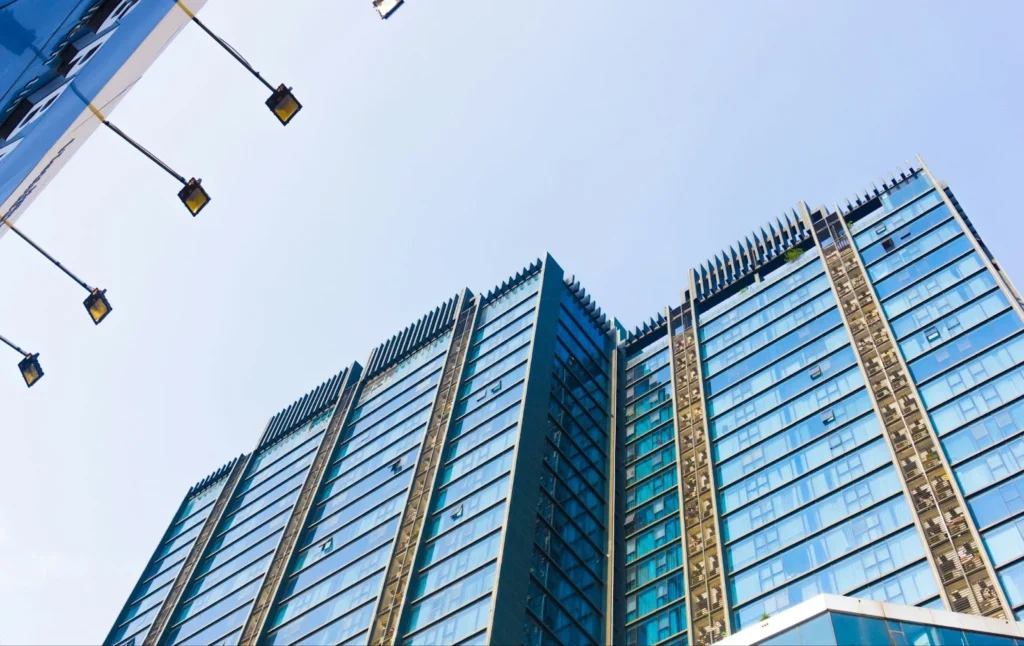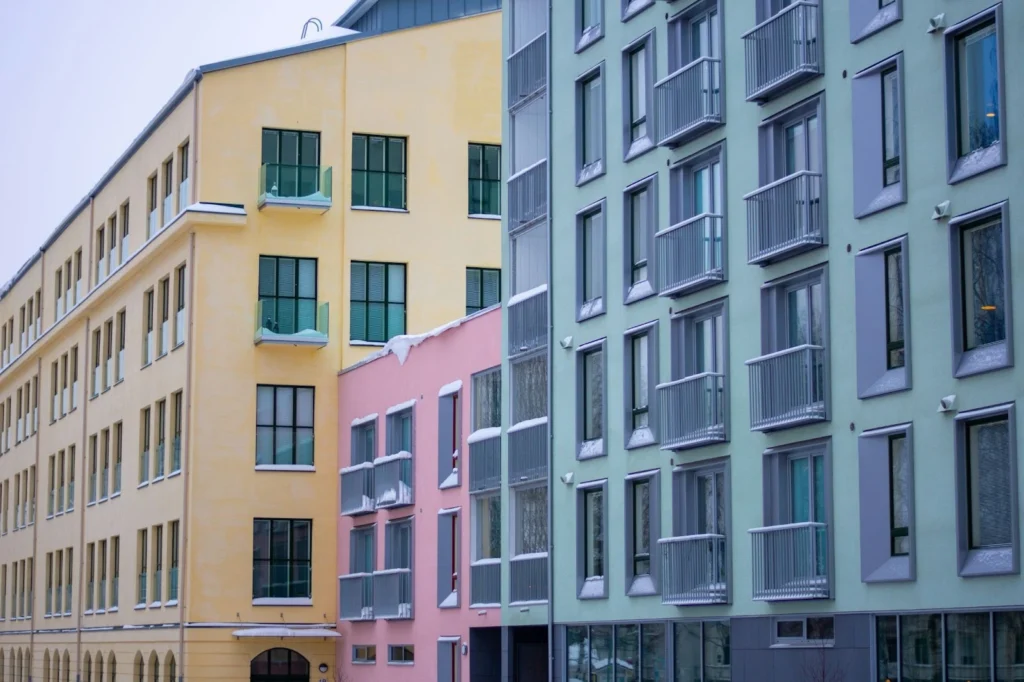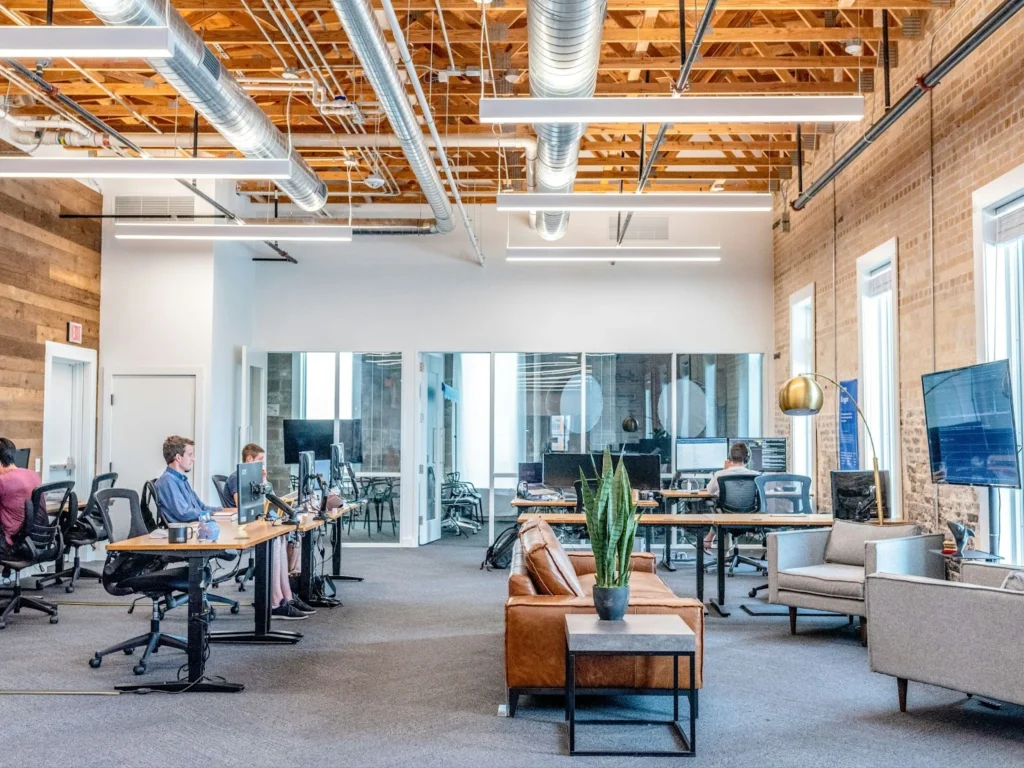Written By: Brad Campbell | March 25, 2025
Windows play a critical role in the performance, security, and comfort of any commercial property. However, not all windows are designed to meet modern demands for energy efficiency, safety, impact resistance, noise reduction, and other window performance factors.
Secondary glazing offers an effective solution for improving the performance of existing commercial windows without the need for full replacement. By adding additional glazing to a building’s windows, you can achieve a range of long-term benefits without breaking the bank.
Secondary glazing is the process of installing an additional pane of glass or glass-like glazing material inside an existing window frame. This creates a second barrier, effectively converting a single-glazed window into a double-glazed system or boosting the performance of already double-glazed windows.
Unlike full window replacements, secondary glazing is a retrofit solution, designed to work with the existing window infrastructure.
The additional pane is typically mounted on a discreet retrofittable frame, which can be fixed on top of (overglazed) or behind (backglazed) the existing glazing, allowing the window to retain its original appearance and functionality.
Secondary glazing is especially popular in commercial properties where aesthetic, structural, or budgetary limitations make full window replacements impractical. Its versatility makes secondary glazing an ideal option for historic buildings, offices, retail spaces, and industrial facilities.

Commercial properties face a range of complex security challenges, from forced entry and burglary attempts to vandalism. Secondary glazing provides an added layer of protection from these threats, making windows significantly harder to breach.
Adding an extra pane of forced entry-resistant security glazing on top of an existing window enables it to withstand high-force impacts, such as those from heavy thrown objects or tools commonly used in forced entry attempts.
For businesses that store valuable inventory, sensitive data, or expensive equipment, this increased security provided by secondary glazing is invaluable, offering peace of mind to property owners and tenants alike and eliminating the need for expensive repairs and insurance claims.
Energy efficiency is a top priority for commercial property managers looking to reduce operational costs and make their properties more modern and environmentally friendly.
Windows are often one of the weakest points in a building’s thermal envelope, allowing heat to escape during winter and enter during summer. Secondary glazing helps to combat this by creating an insulating air gap between the original window and the added pane.
This added insulation reduces heat transfer, keeping indoor temperatures more consistent and easing the workload on HVAC systems. Over time, businesses can see significant savings on utility bills, making secondary glazing a cost-effective investment.
Additionally, secondary glazing can contribute to a building’s sustainability goals, helping businesses meet energy efficiency standards and certifications.

In bustling commercial areas, noise pollution is a common concern. Whether it’s the sound of traffic, construction, or nearby businesses, excessive noise can disrupt daily operations and lower employee productivity.
Secondary glazing acts as an effective noise barrier, reducing sound transmission through windows. The air gap between the two panes dampens vibrations and minimizes the intrusion of external noise.
For offices, healthcare facilities, retail stores, and hospitality businesses, this creates a quieter, more comfortable environment, improving the quality of operations and boosting productivity.
One of the most compelling reasons to invest in secondary glazing is the potential for cost savings.
Improved energy efficiency leads to lower heating and cooling bills, while increased security reduces the risk of expensive property damage and theft. For businesses located in high-crime areas or in high-risk industries, this added protection can even help lower insurance premiums, further offsetting the initial investment.
Additionally, secondary glazing is more affordable than full window replacement. This makes it a practical option for property owners who want to improve window performance without the significant upfront costs associated with totally new windows.
Secondary glazing doesn’t just make a commercial property more secure and energy-efficient — it also creates a more comfortable indoor environment. By reducing cold and hot spots, stabilizing indoor temperatures, and minimizing noise, secondary glazing improves the overall experience for building occupants.

For office environments, this can lead to increased employee productivity and satisfaction. In retail storefronts, improved comfort can contribute to a more inviting shopping experience, encouraging customers to stay longer and make more purchases. The benefits also extend to any commercial setting where indoor comfort is a priority.
Finally, secondary glazing provides peace of mind for property owners and managers. Knowing that your windows are secure, energy-efficient, and soundproofed can reduce stress and allow you to focus on other aspects of business operations.
Secondary glazing is a versatile and cost-effective solution for commercial properties looking to optimize window performance.
Whether you’re seeking to improve security, boost energy efficiency, or create a quieter indoor environment, secondary glazing delivers measurable benefits that make it a worthwhile investment.
By retrofitting existing windows with additional glazing, businesses can save money, increase property value, and achieve greater peace of mind.
If you’re considering upgrading your commercial property, secondary glazing is a practical choice that pays dividends in security, comfort, and long-term cost savings.
For more information about secondary glazing solutions tailored to your commercial needs, contact Riot Glass today.

HOW CAN WE HELP YOU?
